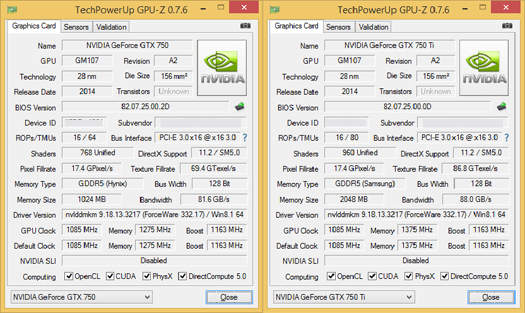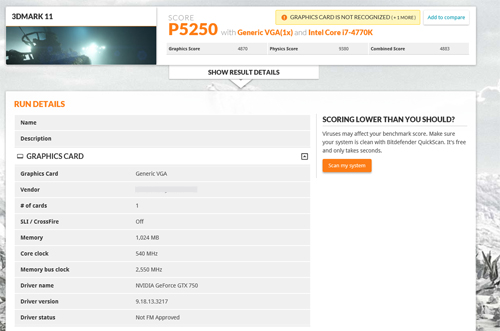Install the app
How to install the app on iOS
Follow along with the video below to see how to install our site as a web app on your home screen.
Note: This feature may not be available in some browsers.
You are using an out of date browser. It may not display this or other websites correctly.
You should upgrade or use an alternative browser.
You should upgrade or use an alternative browser.
UniversalTruth
Veteran
10nm FinFET 2016 ready for what? Mass production? Customer Sampling? Process Demonstration via SRAM-Cells? Serious question, I really don't know.
Process Demonstration via SRAM-Cells in the best possible scenario.
and will be a node behind in area scaling over intels full front and backend 10nm process
http://www.extremetech.com/computing/171477-intels-14nm-milkshake-its-better-than-yours/2
http://www.extremetech.com/computing/171477-intels-14nm-milkshake-its-better-than-yours/2
They'll likely be closer, Intel's earlier backing off of scaling metal pitch aside, preliminary numbers from some of the foundries indicates at least some density gains with FinFET, even if the metal pitch doesn't improve.and will be a node behind in area scaling over intels full front and backend 10nm process
http://www.extremetech.com/computing/171477-intels-14nm-milkshake-its-better-than-yours/2
Intel had to wring density improvements out of slowly scaling metal pitch at one point as well.
AFAICS FDSOI has the best chance to compete with Intel ... unlike non-Intel finfets products have actually shipped with FDSOI.
For some reason, those in the position of deciding what the foundries will use haven't shown much public commitment to it. What gives?
How many chances that gm107 is NOT Maxwell but a sort of kepler 1.1 (or 2.0)?
Is that just speculation or a hint?
How many chances that gm107 is NOT Maxwell but a sort of kepler 1.1 (or 2.0)?
The M in GM107 sure doesn't stand for Kepler.
The M in GM107 sure doesn't stand for Kepler.
We could always accuse nVIDIA of shenanigans
iMacmatician
Regular
Introducing the Mepler architecture?The M in GM107 sure doesn't stand for Kepler.
There's been quite a bit of talk lately saying that the upcoming GM107 part is a Kepler refresh (so it's like GM107 is "GK207" or something similar). Let's assume that the GM107 codename is accurate, and it is the same chip that is rumored to show up later this month. Then I don't see how it wouldn't be based on the Maxwell architecture. Sure, NVIDIA's given new model numbers to chips based on older architectures, but when have they given a chip of an old architecture (Kepler) a codename of the form that would (presumably) be used for chips of a new architecture (GMxxx)?
We could always accuse nVIDIA of shenanigans
Like the articles that claimed Kepler was just a fundamentally broken update to Fermi? Those are always fun to read.
Introducing the Mepler architecture?
Ahahahaha! That sounds hilarious!!!
"Its just like Kepler, with added Muppets for double the fun."
Quite strange that a computer shop is jumping the gun like that. So it really seems that neither card needs a 6pin power connector. I would not call having more than 1k more 3DMark score "barely" exceeding the GTX650Ti. Especially not when the GTX750 non-Ti does it as well. In percentage would be ~24% faster. Still, its 3DMark, not exactly reliable to take conclusions, I guess....
Another interesting feature is neither card has a power connector drawing all the required power from the PCI-E Slot.
Thats impressive power efficiency, considering the GTX 650 Ti is 110W and these are 75W powered off the PCIe bus only. Hopefully no one thinks this is a Kepler, there's no way Kepler can even hope to be this power efficient.
And this is on the same 28nm process, not even any die shrinks involved yet.
iMacmatician
Regular
According to the link, both cards are factory OCed but neither card has a power connector… interesting. I wonder how much they were OCed.
Thats impressive power efficiency, considering the GTX 650 Ti is 110W and these are 75W powered off the PCIe bus only. Hopefully no one thinks this is a Kepler, there's no way Kepler can even hope to be this power efficient.
And this is on the same 28nm process, not even any die shrinks involved yet.
Just to be clear, I don't think this is Kepler, but mobile Kepler cards do reach similar power-efficiency levels.
DavidGraham
Veteran
So GPU-Z recognizes Maxwell now? is that enough to confirm it is actually Maxwell?
Just to be clear, I don't think this is Kepler, but mobile Kepler cards do reach similar power-efficiency levels.
When compared to GK107's fastest product (same hierarchy) - the gtx 650, GM107's 3dmark scores are 85% higher, supposedly within a very similar power envelope. Die size is up a little over 30%, but for being on the same fundamental node process, that is a massive improvement.
I don't know if games will scale that well though, the bandwidth is just so low. Early rumors said an integrated Denver core is somehow helping to alleviate bandwidth constraints, but the past several pages of comments seem to doubt a CPU core is integrated, let alone able to function in such a manner.
Similar threads
- Replies
- 166
- Views
- 11K
- Replies
- 0
- Views
- 782
- Replies
- 25
- Views
- 3K



